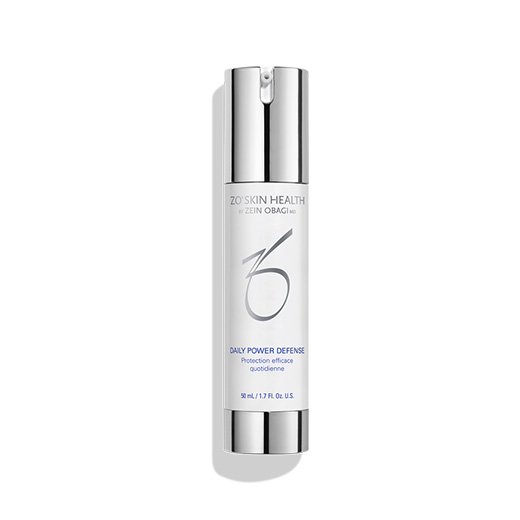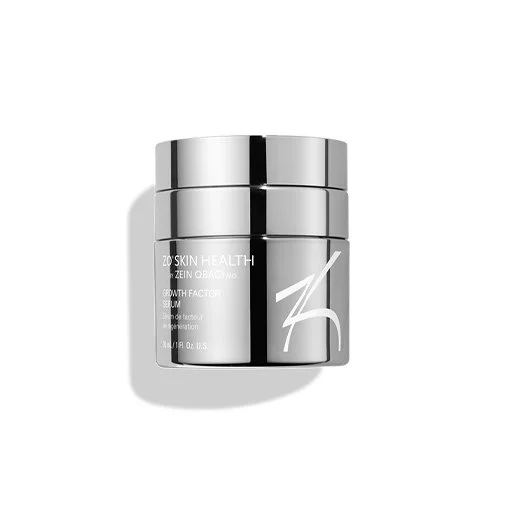Scarring / Acne Scars
About the Concern
Scarring occurs when the skin repairs itself with fibrous tissue from numerous causes.
Causes of Scarring:
Injury
Surgery
Acne
Trauma
Certain skin conditions
Rapid stretching
It is a natural part of the healing process and the resulting scars can vary in appearance depending on factors such as the severity of the injury, location on the body, and individual skin type.
Scars may appear as raised, indented, or discolored, often leaving the skin uneven in texture and tone.
Scarring can often affect confidence and possibly be a negative reminder of unpleasant situations.
Recommended Treatments
Enhancing confidence is our mission - when we feel confident, we are able to show up as our best selves in all aspects of life. For all new clients, we start with a thorough consultation to understand your goals, then craft a customized approach designed to deliver exceptional results. Let’s work together to enhance your natural beauty and boost your confidence.
Frequently Asked Questions
-
While it may not be possible to completely remove a scar, treatments can significantly improve the appearance of scars by reducing their visibility, improving texture, and promoting even skin tone.
-
Results vary depending on the severity of the scarring and the treatment used. Some treatments may require multiple sessions over several months to achieve the best results. Your provider will recommend a customized treatment plan for your specific needs.
Recommended Products
While there are many effective products designed to treat scarring and other skin concerns, it’s important to understand that not every product is right for every individual.
At Essence, we believe in personalized skincare plans that are tailored specifically to your skin type, concerns, and goals. Our experienced providers will assess your skin and make recommendations for the most effective products to address your unique needs. This approach ensures you receive the best possible results without overwhelming your skin with unnecessary or redundant products. It’s important to follow your provider’s guidance on which products to use and how to incorporate them into your skincare routine. Each recommendation comes with detailed instructions on how to properly use the products to maximize their effectiveness and achieve your desired results.









